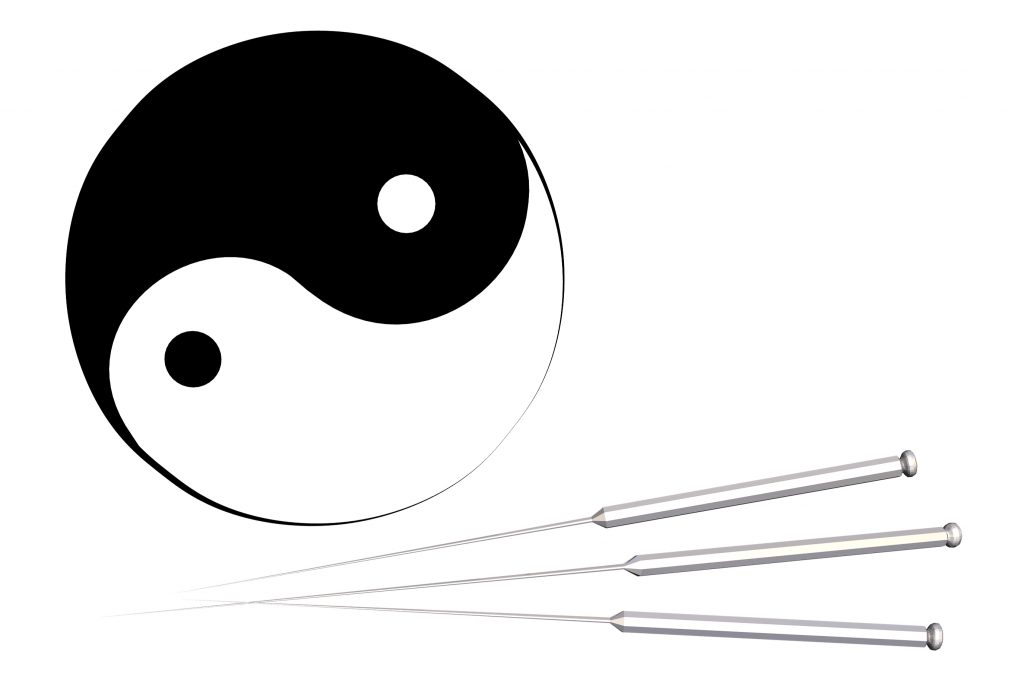Do you experience tingling in your hand or fingers? Pain that radiates from your wrist to your shoulder? Maybe even difficulty holding small objects? If so, you could be suffering from Carpal Tunnel Syndrome (CTS), an uncomfortable and sometimes disabling condition that affects up to five million Americans.
The good news is that lifestyle changes can relieve symptoms, and there are many treatments available to help. Acupuncture and Traditional Chinese Medicine (TCM) can effectively treat CTS without side effects or harmful medications.
What is CTS?
The carpal tunnel is a narrow passageway in the wrist that protects the median nerve which innervates the hand as well as tendons that control the fingers. This nerve controls sensation and muscle movements in the hand. If the carpal tunnel becomes narrowed from swelling or injury, the nerve is compressed and impinged. This can cause numbness, pain, and severe weakness in the hands.
There are several causes of CTS, but the main culprit is repetitive flexion and extension of the tendons in the hands and wrists, especially when performed for long periods, leading to Repetitive Stress Injury (RSI).
Symptoms usually start with dull wrist pain that gradually worsens. Other symptoms may include:
- Loss of feeling in the fingers
- Numbness, tingling, or burning sensations in the fingers or hand
- Pain extending from the wrist up the arm to the shoulder or down into the palm or fingers
- Weakness in the hands and difficulty holding objects
How can acupuncture help?
Typically, treatment for CTS is based on how severe the symptoms are, and may include immobilizing the wrist and hand, using anti-inflammatory drugs or corticosteroids to reduce swelling, and surgery in severe cases. Acupuncture and TCM can safely be used in conjunction with Western treatments to relieve CTS symptoms.
Actively taking part in your treatment is key. Consider these self-care techniques:
- Take plenty of breaks during the day, especially if you perform repetitive tasks.
- Try yoga to increase your flexibility and strength.
- Remember to gently stretch your hands, arms, and shoulders throughout the day.
- If you work at a computer, consult an ergonomics specialist to ensure that your workstation is set up properly.
- Ask your practitioner about supplements such as B2, B6, and Omega-3 fatty acids for reducing numbness and inflammation.
Studies suggest that acupuncture can both reduce swelling of soft tissue and stimulate production of cortisol, a hormone that reduces inflammation. Since CTS is caused by the swelling of the soft tissue that leads to inflammation of the carpal tunnel, acupuncture can be effective in treating CTS. In addition to improving your CTS, treatment may also improve other symptoms often associated with this condition such as headaches, neck pain, and shoulder stiffness. More importantly, acupuncture and TCM can help relieve the emotional stress of living with this painful condition.
Your practitioner will create a unique, personalized treatment plan designed to address your body’s imbalances. During treatment, fine, sterile needles will be inserted at specific acupoints along the meridians in order to support and strengthen your body and eliminate pain.
Your practitioner may also recommend herbal remedies, vitamin supplements, massage, and stretching as part of your treatment.
Acupuncture and TCM offer a safe, pain-free, natural way to treat Carpal Tunnel Syndrome. With proper care, you can recover from CTS. As you continue with treatment, you may even find that your overall health and well being improve along with your symptoms.
References:
Carpal tunnel syndrome. Mayo Clinic. Feb. 21, 2007. Link
Carpal Tunnel Syndrome Fact Sheet. National Institute of Neurological Disorders and Stroke. Nov. 2002. Link
Carpal Tunnel Syndrome. American Physical Therapy Association. Accessed April 20, 2008. Link
Tanaka, Tim H., Ph.D., D.Ac., CST, RMT, BCIAC. TECH PAINS: Carpal Tunnel Syndrome. Eye for the Future Magazine. 1997.


